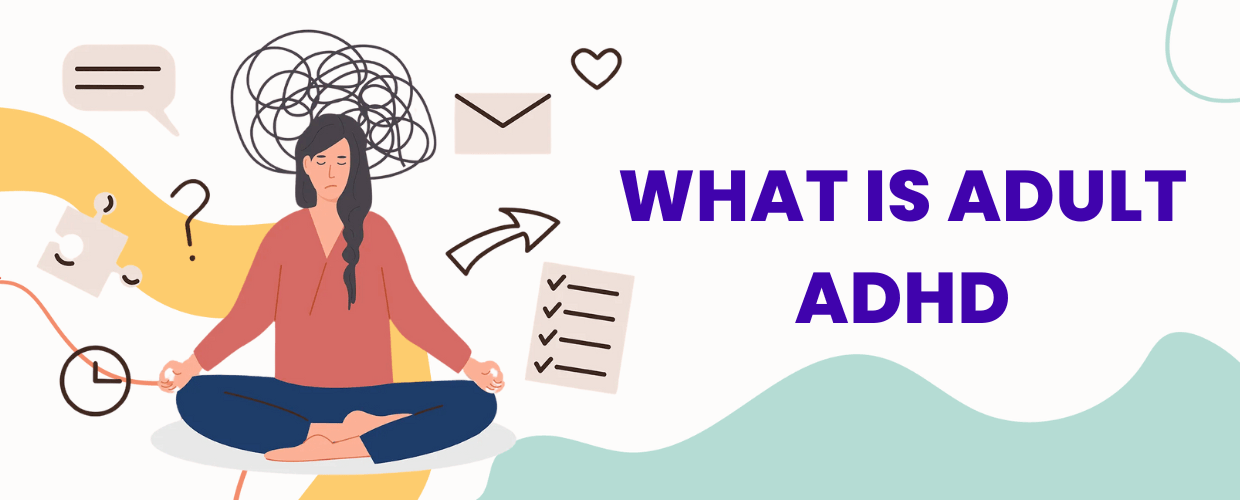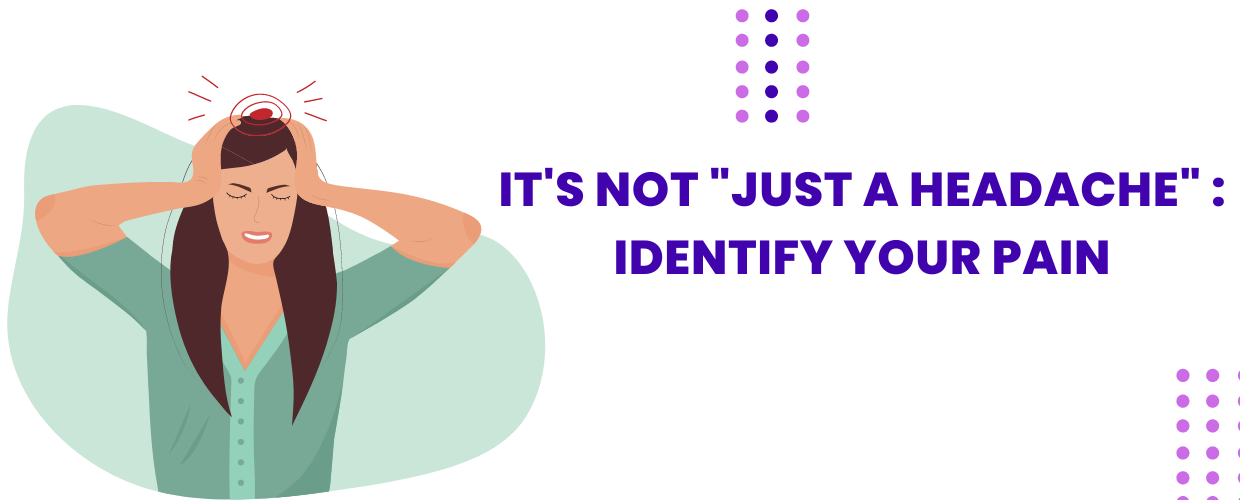Bipolar disorder is a mental health condition characterized by extreme mood swings that include emotional highs (mania or hypomania) and lows (depression). These shifts in mood, energy, and activity levels can affect a person’s ability to function and can vary in severity. Understanding the symptoms, clinical types, and diagnosis of bipolar disorder is crucial for proper management and treatment.
Symptoms of Bipolar Disorder:
Mania: During manic episodes, individuals may experience an elevated mood, increased energy levels, racing thoughts, impulsivity, and heightened self-esteem. They may engage in risky behaviors such as excessive spending, reckless driving, or substance abuse. Hypomania: Hypomania is a milder form of mania, characterized by similar symptoms but with less severe impairment in functioning. Individuals may feel more productive, outgoing, or creative during hypomanic episodes.
Depression: Depressive episodes involve feelings of sadness, hopelessness, worthlessness, and loss of interest or pleasure in activities once enjoyed. Sleep disturbances, changes in appetite, fatigue, and difficulty concentrating are common during depressive episodes.
Clinical Types of Bipolar Disorder:
Bipolar I Disorder: This type is characterized by manic episodes that last at least seven days or are severe enough to require immediate hospital care. Depressive episodes may also occur, typically lasting at least two weeks.
Bipolar II Disorder: Bipolar II involves recurrent depressive episodes alternating with hypomanic episodes. While the manic episodes are less severe than in Bipolar I, the depressive episodes can be debilitating.
Cyclothymic Disorder: Cyclothymic disorder is marked by numerous periods of hypomanic symptoms and depressive symptoms that do not meet the criteria for major depressive episodes. These symptoms persist for at least two years in adults (one year in adolescents) with brief periods of normal mood in between.
Diagnosis of Bipolar Disorder:
Diagnosing bipolar disorder involves a comprehensive assessment by a mental health professional. The process typically includes.
Clinical Evaluation: The clinician will conduct a thorough interview to gather information about the individual’s medical history, symptoms, and family history of mental illness.
Mood Charting: Keeping a mood journal can help track mood swings, energy levels, sleep patterns, and any other relevant symptoms over time.
Diagnostic Criteria: Diagnosis is based on the criteria outlined in the Diagnostic and Statistical Manual of Mental Disorders (DSM-5), which includes specific guidelines for identifying manic, hypomanic, and depressive episodes.
Medical Evaluation: A physical examination and laboratory tests may be conducted to rule out any underlying medical conditions or substance use that could be contributing to the symptoms.
Collateral Information: Input from family members or close contacts may provide valuable insights into the individual’s behavior and mood patterns. Duration and Impairment: The frequency, duration, and impact of mood episodes on daily functioning are important factors in making an accurate diagnosis.
Bipolar disorder is a complex mental health condition that requires careful evaluation and management. Recognizing the symptoms, understanding the clinical types, and obtaining an accurate diagnosis are essential steps in providing appropriate treatment and support for individuals living with bipolar disorder. If you or someone you know is experiencing symptoms of bipolar disorder, seeking help from a qualified mental health professional is crucial for effective intervention and improved quality of life.






